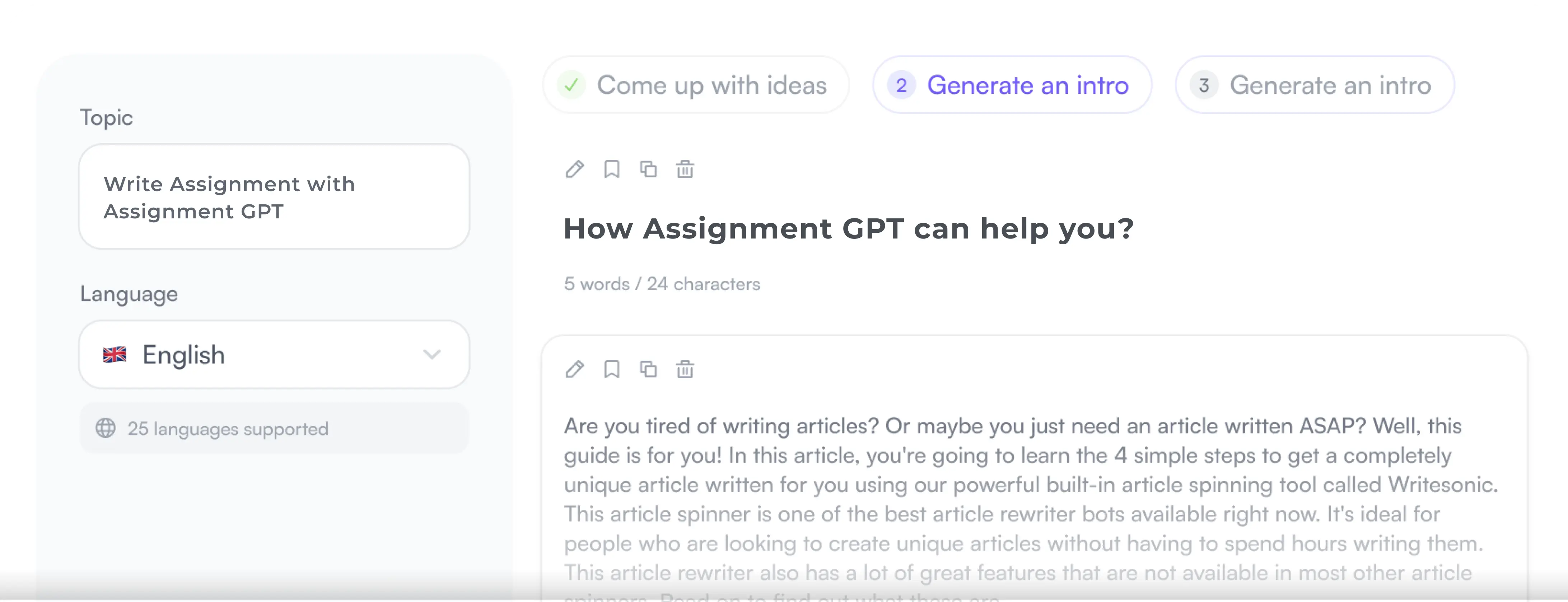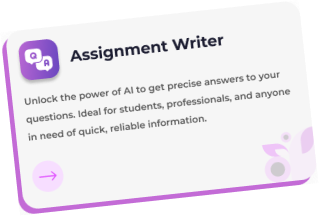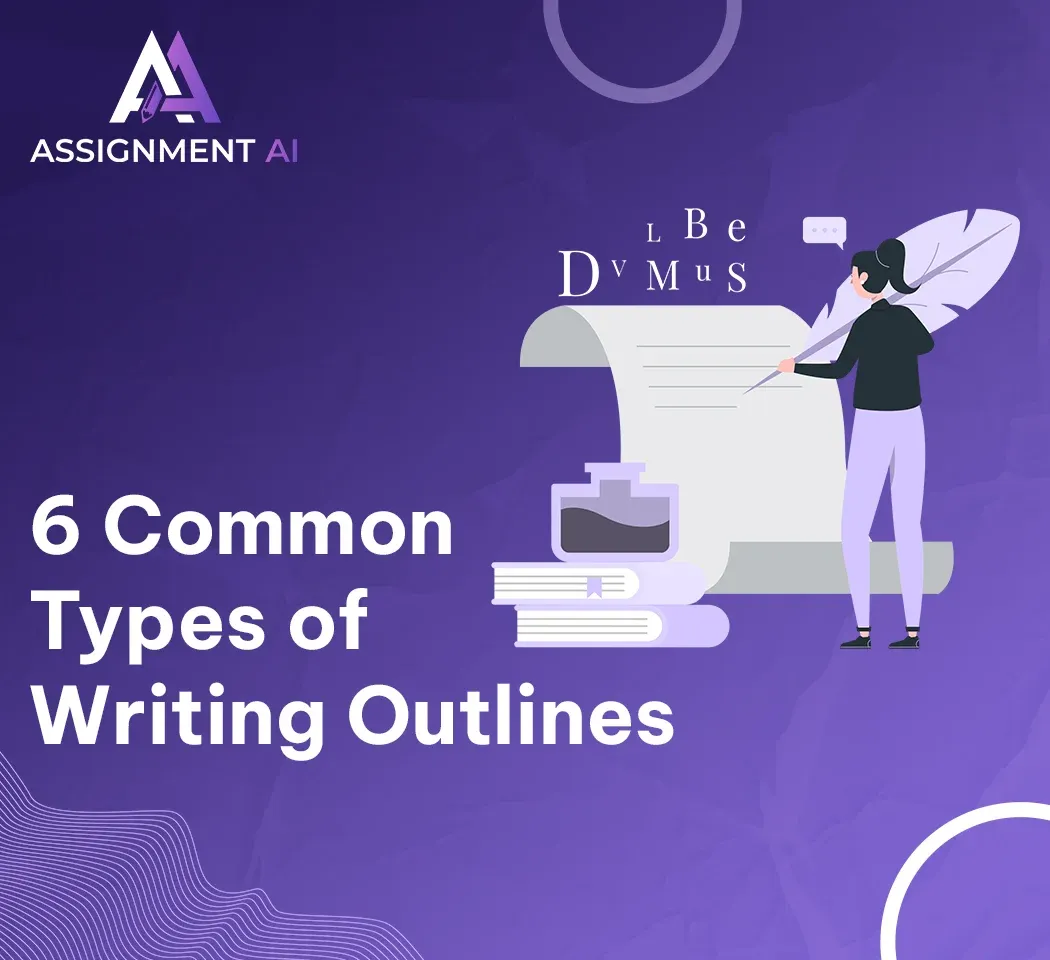AssignmentGPT Blogs
In a time when students are growing up in a highly visual, marketing-focused world, teachers are looking for ways to engage students creatively in their classrooms - and one of the most unexpected solutions? Logo design! Logo design in learning has become a common element of classrooms from elementary to high school, and teachers are using this medium to do more than just entice students. Using logos as a medium in learning has proven to foster retention, creativity, and ownership of the material at hand.
Designing logos are not only valuable as potential marketing tools, they are also a way to create group identities in group projects, designing classroom mascots, and branding students-run businesses. custom logos can enhance your brand - and when that "brand" refers to a lesson plan, a group identity, or a school-wide initiative, they really matter.
Let’s look at the ways educators are changing lessons with logos and how you can use this technique in your own teaching environment.
Why Logos Work in the Classroom
Logos are not merely fancy images or typed words with artistic font choice and colors; logos are working symbols. They symbolize identity, values, and ideas. A logo in the classroom can provide students with a visual cue of the lesson or unit, making it more memorable, and they can build emotional connections to the learned material.
Consider for a moment: kids remember the Nike Swoosh, the Golden Arches of McDonald's, or the crest of their favorite NBA or NHL team, because these shapes are familiar symbols evoking meaning. To use logos in a classroom lets students have a logo that evokes engagement.
Real-World Applications: Logos in Action
1. Group Projects and Team Identities
Teachers often put students in groups for collaboration, and rather than just calling them "Group A" and "Group B,” many teachers will ask them to create a name and logo for their group. This provides students with a sense of team identity, gives them a feeling of ownership, promotes collaboration and creativity, and makes learning more memorable.
In a middle school in California, a history teacher put students into “civilizations” on ancient cultures as part of their unit study. Each group created a logo that represented their civilization's values, geography, and system of governance. Students reported greater engagement and retention of historical facts because they felt more personal accountability for the identity they had created.
2. Student-Run Businesses and Entrepreneurship Projects
In many classes related to business or economics, professors will commonly mimic part of their students' real start up experiences. They would ask students to create logos for their hypothetical companies prompting to consider branding, audience, and messages with influence in both fields of business and communication.
This activity is not only an exercise in the practice of design and marketing, it also is a class discussions about critically thinking about how imagery conveys values and goals.
3. Visual Learning and Concept Reinforcement
Some educators utilize logos to represent abstract concepts or thematic units. A science educator might have students create a logo for "The Water Cycle," which could involve representing the three phases - evaporation, condensation, precipitation - with arrows, clouds, and raindrops. This allows visual learners to engage and connect in a tangible and creative manner.
The use of design allows students to engage and reconsider the material in their own language (or visuals) as a way of reinforcing what they will retain.
How to Introduce Logo Design into Your Classroom
If you are prepared to bring logo design into your classrooms, here are a few simple ways to do so:
Use free design tools: Tools like Adobe Express and Canva allow your students to design a logo with drag-and-drop design ease. You do not need to have any prior design experience.
Link to curriculum: You can link logo projects to existing curriculum - students can brand a scientist, historical figure, fictional character, or even use math in a lesson to help "design" their brand.
Set up a showcase: Set up a time for students to present their logos to the class. This not only helps build public speaking skills for students, but it also gives their logo a real audience.
Connect to other subject areas: Work with your colleagues in arts or computer science to integrate some design theory or skills in digital illustration.
Benefits Beyond the Lesson
The benefit of creating a logo extends beyond individual exercises. It helps students to think about identity, branding, symbolism, and storytelling. These are transferable skills which they can use in marketing, entrepreneurship, design or simply learning how to creatively communicate an idea.
More importantly, they build confidence when they see a visualization of their idea. A logo gives them ownership and pride over their work - a lesson that sticks.
Conclusion
Teaching in 2025 requires engaging teaching techniques, flexibility, and innovative ideas to develop connections in lessons. By exploring the logo design process, educators can utilize students' visual literacy and student curiosity in very effective ways. It's not about changing every student into a graphic designer; it's about giving students a world view on the importance of expression, identity, and clarity of message.
So as you plan your next unit or group project, consider asking your students one more question: What does your logo look like?
You may find it brings your lesson - and your students - to life more than you thought.
FAQs
1. Why are logos effective in the classroom?
2. How can logos be used in group projects?
3. How do logos fit into business or entrepreneurship projects?
4. Can logos be used to reinforce abstract concepts?
5. How can I introduce logo design into my classroom?
6. What benefits do students gain from creating logos?
7. How does logo design impact student engagement?
Marketing Executive at @AssignmentGPT
I lead strategic campaigns, blending creativity with analytics to drive brand growth and engagement across digital platforms.
Master AI with
AssignmentGPT!
Get exclusive access to insider AI stories, tips and tricks. Sign up to the newsletter and be in the know!

Transform Your Studies with the Power of AssignmentGPT
Empower your academic pursuits with tools to enhance your learning speed and optimize your productivity, enabling you to excel in your studies with greater ease.
Start Your Free Trial ➤Start your success story with Assignment GPT! 🌟 Let's soar! 🚀
Step into the future of writing with our AI-powered platform. Start your free trial today and revolutionize your productivity, saving over 20 hours weekly.
Try For FREE ➤








